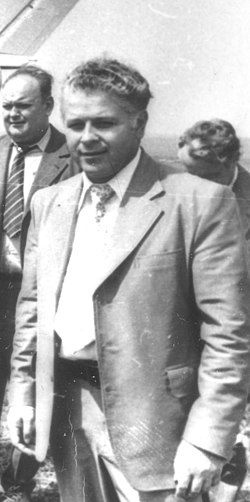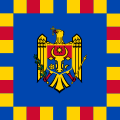This article has multiple issues. Please help improve it or discuss these issues on the talk page . (Learn how and when to remove these messages)
|
Semion Grossu | |
|---|---|
 Grossu in 1979 | |
| First Secretary of the Moldavian Communist Party | |
| In office 30 December 1980 –16 November 1989 | |
| Premier | Ion Ustian Ivan Calin |
| Preceded by | Ivan Bodiul |
| Succeeded by | Petru Lucinschi |
| Chairman of the Council of Ministers of the Moldavian SSR | |
| In office 1 August 1976 –30 December 1980 | |
| Preceded by | Petru Pascari |
| Succeeded by | Ion Ustian |
| Personal details | |
| Born | 18 March 1934 Satu-Nou,Kingdom of Romania |
| Political party | Communist Party of the Soviet Union (1961–1991) |
Semion Grossu (born 18 March 1934) is a Moldovan politician and businessman.
